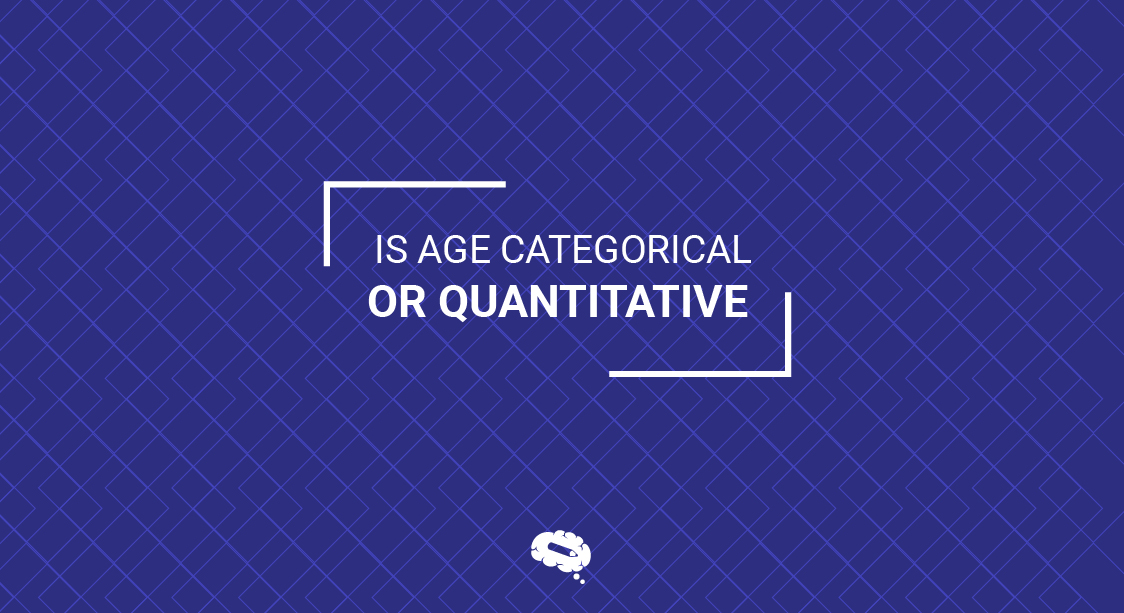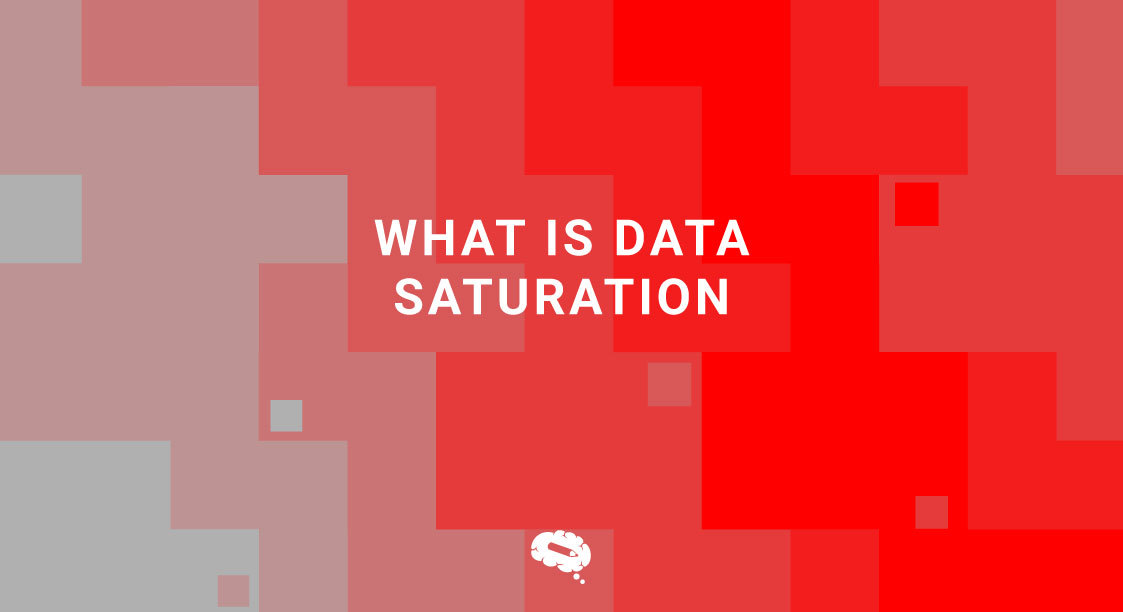Statistics is an inevitable part of research. All the observations that we collect during experiments need to be analyzed to derive conclusions. Statistics helps a researcher to see through the raw data. How exactly do we analyze raw data? We categorize observations into varied groups (depending on the similarities and differences and we try to see if we find any pattern or not. Isn’t that the case? With a lot of software available it has become easier to represent data beautifully, but I believe the fundamental step of that is understanding your data and their nature.
To the newcomers of the research fraternity, a data type/category is called a variable. Let us say, if you are researching insulin resistance and the experiment you are conducting includes a community survey to understand the effect of diet on blood sugar levels. What is the type of data that you would gather? Personal details (like, name, age, sex, may be weight), blood sugar level, dietary details, etc. correct? All these are titles of a column, which represent a variable. A data category that varies during the experiment is called a variable.
Each variable has characteristics and based on which they are analyzed further. Some variables like Name, diet type are recorded as text, some are recorded in digits like age, carbohydrate consumption and blood sugar levels, and so on and so forth. This helps us understand the data better. While I exemplified this, did you wonder that age can be a number like 45, 48 years and a group of age like 40-60 years or categories such as adults/child etc. Then which representation is the correct one? Is age categorical or quantitative? We are here to help you solve the mystery and understand the “Age” variable a little better.
Age: Beyond Just Numbers
More Than Just a Number age could either be a quantitative or a categorical variable depending on the concept under study and the objectives. In quantitative age, the exact numerical measurement of the age of a person could be specified in years, months, or even days. This is a continuous variable that permits detailed statistical analysis, including mean, median, and standard deviation, which could provide the trends and patterns in a population. One could calculate the means, medians, and standard deviations and provide trends and patterns of the subject under investigation in a population. Age could also be operationalized as an age group, like child, adolescent, adult, senior, and others. All these are categorical age and are useful for the particular study where comparison between age groups or age-related studies are to be done.
Also read: Research Variables: Not the Usual Math Stuff
For example, in the field of epidemiology and market segmentation, this operationalization is important. In general, both the quantitative and categorical concepts of age should be employed to gain a comprehensive understanding of an age-related phenomenon. In comparison between Categorical and Quantitative Variables, statisticians categorize variables into types according to the type of data they represent. There are two major types: categorical and quantitative variables. Here’s a detailed description of each of them. Understanding them will lead us to answer “is age categorical or quantitative?” better.
Categorical vs. Quantitative Variables
In statistics, variables can be classified into different types based on the nature of the data they represent. Do not confuse it with qualitative and quantitative research (read more about it here). The two primary types are categorical and quantitative variables. Here’s a detailed explanation of each:
Categorical Variables
Categorical variables (also known as qualitative variables) represent data that can be divided into groups or categories. These categories are usually distinct and non-overlapping.
Types of Categorical Variables
- Nominal: Categories with no inherent order or ranking. Examples include:
- Gender (male, female)
- Marital status (single, married, divorced)
- Type of car (sedan, SUV, truck)
- Ordinal: Categories with a meaningful order or ranking, but the intervals between categories are not necessarily equal. Examples include:
- Education level (high school, bachelor’s, master’s, doctorate)
- Rating scales (poor, fair, good, excellent)
- Likert scales in surveys (strongly disagree, disagree, neutral, agree, strongly agree)
Characteristics: Categorical variables are non-numeric, though numbers can sometimes be used as labels. Arithmetic operations cannot be performed on these variables. Instead, they are often summarized using counts, percentages, or the mode.
Quantitative Variables
Quantitative variables (also known as numerical variables) represent data that can be measured and expressed numerically. These variables can be subjected to arithmetic operations.
Types of Quantitative Variables
- Continuous: Variables that can take any value within a given range. They are often measured and can have an infinite number of possible values. Examples include:
- Height (e.g., 170.5 cm)
- Weight (e.g., 65.2 kg)
- Temperature (e.g., 22.3°C)
- Discrete: Variables that can take only specific, distinct values, often counted in whole numbers. Examples include:
- Number of children in a family (e.g., 0, 1, 2, 3)
- Number of cars in a parking lot
- Number of students in a classroom
Characteristics: Quantitative variables are numeric, allowing arithmetic operations such as addition, subtraction, multiplication, and division to be performed. They are summarized using measures such as mean, median, standard deviation, and range.
Dual Nature Of Age, Is Age Categorical Or Quantitative?
The dual nature of age as a variable creates an analytical challenge and opportunity in scientific research. Age, being a measurement in time since birth, can be both a quantitative and a categorical variable; each provides distinct advantages for the researcher. Treating age as a quantitative variable measured in precise units of years, months, or days offers the ability to carry out rigorous statistical techniques with a view of laying out age-related trends and patterns with great detail and clarity of interpretation.
On the other hand, when age is divided into categories such as children, adolescents, adults, and elderly, it becomes very easy to create a model through which comparison is easy to carry out and stratified analysis that is easily tenable. In many cases, epidemiological research and social sciences use this categorical approach because it helps to classify age into sections of population characteristics and needs. This is advantageous in that the dual nature of age as a continuous and categorical variable makes it possible for the researcher to use analytical methods that best suit their study objectives, hence making their findings sound and relevant. Thus, recognition and use of this duality are very important for the efficient analysis of data and acquisition of knowledge in a multifaceted way across disciplines.
Quantitative Age
- Continuous Measurement: Precision in Years, Months, and Days
- Discrete Measurement: Whole Numbers in Age
- Examples of Quantitative Use in Research and Everyday Life
- Age groups and classifications
- The role of age in segmentation
Categorical Age
- Grouping Ages into Categories: Simplifying Complexity
- Common Age Categories: Child, Teen, Adult, Senior
- Benefits and Drawbacks of Categorical Age
Impact On Statistical Analysis
When age is treated as a quantitative variable, it allows for detailed and precise statistical analysis. Researchers can calculate measures of central tendency such as the mean and median, as well as measures of variability like the standard deviation and range. These calculations provide a comprehensive understanding of the distribution and variability of age within a dataset. For example, analyzing age as a quantitative variable enables the use of regression models to explore relationships between age and other variables, facilitating predictions and the identification of trends over time.
Appropriate Statistical Methods for Each Type of Variable
For quantitative age data, appropriate statistical methods include:
- Descriptive Statistics: Calculating means, medians, variances, and standard deviations to summarize the data.
- Regression Analysis: Using linear or nonlinear regression to model relationships between age and other continuous variables.
- Correlation Analysis: Assessing the strength and direction of associations between age and other continuous variables.
- Time Series Analysis: Analyzing age-related trends over time, especially in longitudinal studies.
For categorical age data, suitable statistical methods include:
- Chi-Square Tests: Evaluating associations between age groups and categorical outcomes.
- ANOVA (Analysis of Variance): Comparing the means of continuous outcomes across multiple age groups.
- Non-Parametric Tests: Utilizing tests like the Mann-Whitney U or Kruskal-Wallis to compare age groups when the data do not meet parametric assumptions.
Conclusion
The implications of age classification extend beyond mere methodological considerations. They influence the clarity and relevance of findings in various fields such as public health, economics, and social sciences. Quantitative analysis provides nuanced insights into age-related trends and predictions, while categorical analysis offers a clear comparative framework that is crucial for targeted interventions and policy decisions. Understanding the dual nature of age as a variable enhances the flexibility and depth of statistical analysis, enabling researchers to choose the most appropriate methods to address their specific research questions and objectives. We have linked one perfect research article for further reading: “Age as a variable: Continuous or categorical?“.
Variable Representation With Mind The Graph
With all new graph preparation sections on our platform, Mind the Graph is ready to absorb all the statistics that you have observed. Our platform will help you create visually attractive infographics and charts to impress your mentors, trust me on this one! Try free to use illustrations here. Wishing you happy creations!

Subscribe to our newsletter
Exclusive high quality content about effective visual
communication in science.








